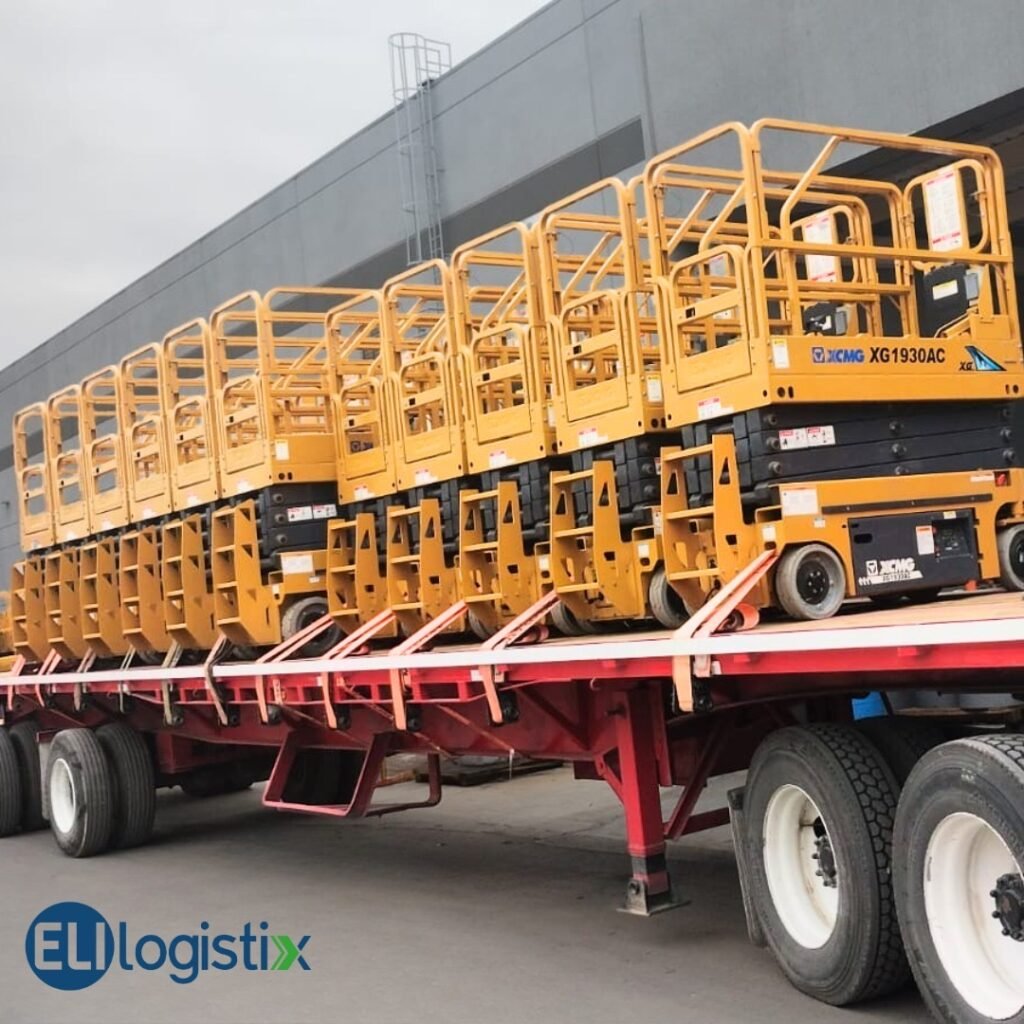Whether you’re shipping machinery, electronics, or consumer goods across borders, every international shipment is exposed to risks: loss, theft, delays, weather damage, or mishandling. While many companies assume carriers are liable, the reality is that carrier liability is limited—and often doesn’t fully cover your cargo value.
That’s where freight insurance comes in. In this blog, we explain how to select the right freight insurance to protect your international shipments and reduce your business exposure.

🔎 1. Understand What Freight Insurance Actually Covers
Freight insurance is not the same as carrier liability coverage. It provides full or partial compensation for goods damaged, lost, or stolen during international transit.
Types of coverage:
- All-risk coverage: Most comprehensive, covering a wide range of loss or damage scenarios.
- Named perils coverage: Covers only specific risks (e.g., fire, collision, theft).
- Total loss coverage: Covers only if the entire shipment is lost (e.g., vessel sinks).
Client insight:
All-risk coverage is usually recommended for high-value or sensitive goods, especially in multimodal shipments.
⚠️ 2. Know What’s Not Covered
Common exclusions include:
- Inadequate packaging
- Inherent vice (perishable goods’ natural decay)
- War, strikes, or political unrest (unless separately included)
- Delay losses (unless due to covered damage)
Tip:
Always read the fine print—or better yet, work with a logistics provider like ELI Logistix who can help interpret it.
📊 3. Evaluate the Value and Risk Level of Each Shipment
When selecting insurance, consider:
- Cargo value (commercial invoice + shipping costs)
- Fragility or perishability
- Route and mode (e.g., air freight vs. ocean)
- Risk of theft or exposure at ports or borders
Rule of thumb:
If losing the cargo would create a financial loss or reputational risk, insure it.
🤝 4. Decide Who Will Arrange the Coverage
You have two main options:
- Seller/buyer covers it (under Incoterms): If you’re not in control, verify coverage exists.
- You (the importer/exporter) arrange it directly: More control over coverage terms and claims.
Pro tip:
Using your own freight forwarder to arrange insurance gives you more visibility and faster claims support.
📋 5. Ask These Questions Before Choosing a Policy
- Is the coverage “warehouse to warehouse”?
- Does it include inland transport at origin or destination?
- Is the value declared correct?
- Who handles claims and how fast is the process?
- Does the insurer specialize in international cargo?
Client benefit:
Clear answers now avoid disputes and financial exposure later.
🚀 How ELI Logistix Supports You in Selecting and Managing Insurance
At ELI Logistix, we help clients:
- Choose appropriate coverage per shipment or client profile
- Declare cargo value correctly
- Understand exclusions and policy options
- Handle claims swiftly through vetted insurers
- Integrate insurance documentation with customs paperwork
Bottom line:
We don’t just move your cargo—we help you protect it.
Freight insurance may seem like an extra cost—until something goes wrong. In international logistics, the right insurance strategy is part of doing business responsibly. It safeguards not only your cargo, but also your margins and relationships.
With ELI Logistix, you gain a logistics partner who makes risk protection part of your shipping strategy.
Need help selecting the right freight insurance for your international shipments?
Contact ELI Logistix and let us build a protection plan tailored to your cargo.
